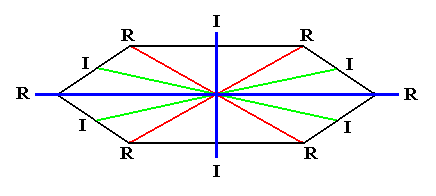
As oxystauric autopoles we collect all those autopolar heterostaurs that are composed of six, eight or more (generally 4+2n) antimers. And because the minimum number of antimers is six it follows that the number of radial cross axes is at least three (a radius for each antimer) and these can only intersect at acute angles (that's why they are called oxystaura, -- "oxy" means something like acid, sharp). So at least two radial cross planes (resp. axes) and two interradial cross planes (resp. axes) do not coincide with the directional planes (resp. axes). See the next Figure.

Figure 1. Base (or a plane parallel to it and containing the mid-point of the main axis) of an amphitect 6-fold pyramid. This pyramid represents the minimal form of the oxystauric autopoles.
Radial cross axes are indicated as R, interradial cross axes as I.
We see that here one of the three radial cross axes coincides with a directional cross axis, leaving still two others that do not. Similarly, one of the three interradial cross axes coincides with a directional cross axis, leaving still two others that do not.
The stereometric basic form of the Oxystaura is a straight pyramid, the base of which is an amphitect polygon of at least six, then eight, generally 4+2n sides.
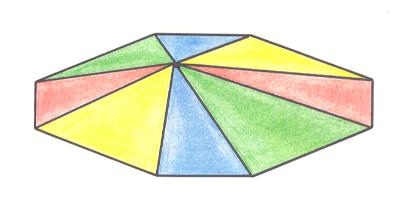
Figure 2. Slightly oblique top view of an 8-fold amphitect pyramid, as the basic form of the Oxystaura octophragma. The eight s i d e s are indicated.
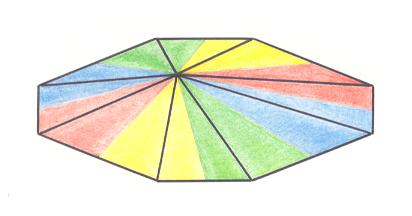
Figure 3. Slightly oblique top view of an 8-fold amphitect pyramid, as the basic form of the Oxystaura octophragma. The eight a n t i m e r s are indicated.
The very characteristic octophragmic form is especially interesting as the general and exclusive basic form of all Ctenophores (comb-jellyfishes). The body of all Ctenophores is composed of eight antimers, i.e. several organs are repeated eight times. Those organs that are not so repeated are posited either as simple unpaired organs in the main axis of the body, or they are present as pairs and then either lie in the one, or in the other directional plane. The next Figure gives a general scheme of the Ctenophore morphology.
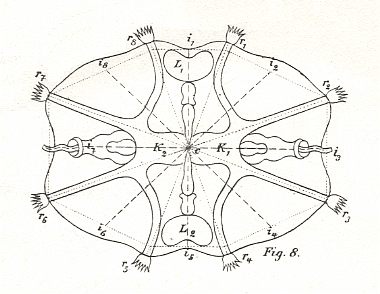
( After HAECKEL, 1866, Generelle Morphologie der Organismen, Fig. 8 from Tafel I. )
The hexaphragmic form is not rare among Anthozoans (Corals and relatives) which are composed of six antimers.
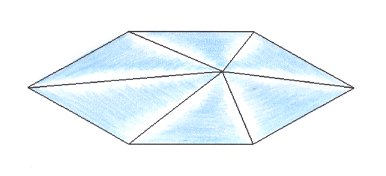
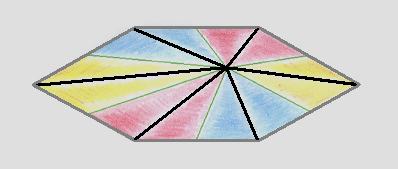
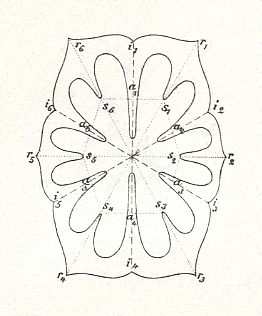
( After HAECKEL, 1866, Generelle Morphologie der Organismen, Fig. 2 from Tafel I. )
To see (more) real representatives of the Oxystaura hexaphragma click HERE, or scroll down to continue with the next promorphological category.
The geometric basic form of the orthostauric or tetrapleural autopoles is the f o u r - s i d e d a m p h i t e c t p y r a m i d, and thus, a straight pyramid the base of which is a four-sided amphitect polygon or Rhombus, so that we call this form r h o m b i c p y r a m i d for short.
The number of a n t i m e r s here is limited, either t w o o r f o u r, implying that only one or two radial cross planes (resp. cross axes) can be present, that coincide with one or both directional planes (resp. directional axes). In the latter case they intersect at right angles.
The next five Figures illustrate all this.
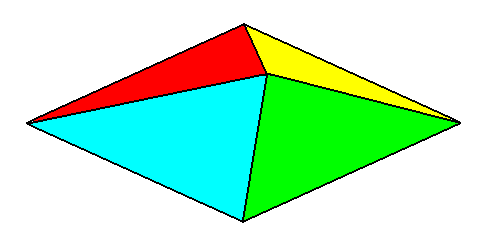
Figure 7. Slightly oblique top view of a four-fold amphitect pyramid as the basic form of the Autopola orthostaura. The four s i d e s of the pyramid are indicated by colors.
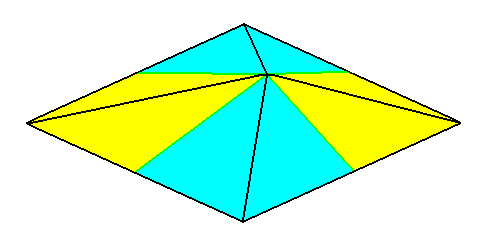
Figure 8. Slightly oblique top view of a four-fold amphitect pyramid as the basic form of the Autopola orthostaura tetraphragma (radialia). This configuration represents organismic forms with f o u r antimers. These a n t i m e r s are indicated by colors.
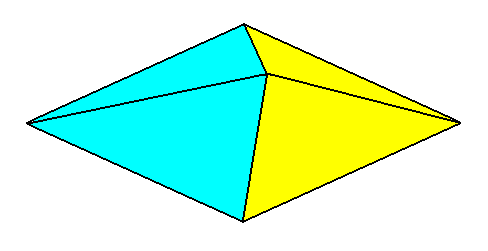
Figure 9. Slightly oblique top view of a four-fold amphitect pyramid as the basic form of the Autopola orthostaura diphragma. This configuration represents organismic forms with only t w o antimers. These a n t i m e r s are indicated by colors.
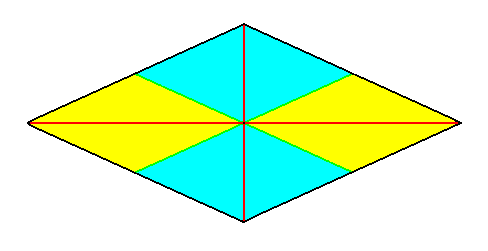
Figure 10. Base (or a plane parallel to it and containing the mid-point of the main axis) of a four-fold amphitect pyramid (Figure 8) as the basic form of the Autopola orthostaura tetraphragma (radialia). This configuration represents organismic forms with f o u r antimers. These a n t i m e r s are indicated by colors. There are two radial cross axes (red), coinciding with the directional axes. Further there are two interradial cross axes (green), alternating with the radial ones.
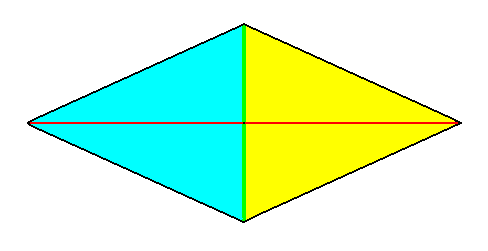
Figure 11. Base (or a plane parallel to it and containing the mid-point of the main axis) of a four-fold amphitect pyramid (Figure 9) as the basic form of the Autopola orthostaura diphragma. This configuration represents organismic forms with only t w o antimers. These a n t i m e r s are indicated by colors. There is only one radial cross axis (red) and one interradial cross axis (green). These two axes coincide with the directional axes. The axis, indicated with green is indeed interradial because it lies between antimers.
Both types of orthostaurs have the same geometric basic form (rhombic pyramid). The distinction between the two is biologically motivated.
The orthostauric autopoles do not as such admit of their radial cross planes (resp. cross axes) intersecting each other at acute angles and thus not coinciding (as they should) with the directional planes (resp. directional axes). But as we noted above we can imagine forms, that, although possessing the same symmetry content as the rhombic pyramid, and having four antimers, do have their two radial cross planes (resp. cross axes) intersect each other at angles different from 900, namely two acute and two obtuse angles alternating with each other. We discussed this above near the end of the general introduction to the Heterostaura autopola. The directional axes of such forms are then interradial, and we accordingly will distinguish them as Orthostaura tetraphragma i n t e r r a d i a l i a as opposed to the normal forms, the Orthostaura tetraphragma r a d i a l i a, where the directional axes are radial. This distiction is not made by Haeckel. It is however significant anyway, because we can derive from them respectively the Allopola eutetrapleura interradialia and the Allopola eutetrapleura radialia, which Haeckel does distinguish.
Because the four-sided Rhombic Pyramid of the orthostauric autopoles is nothing else than the simplest and most special form of the amphitect pyramid, and thus, so we could say, the simplest and most special form of the Oxystaura (although it is itself not oxystauric because of the right angles between its radial cross planes), it (i.e. the Rhombic pyramid) relates in the same way to the Oxystaura as the Rhombic Octahedron, as special form (octopleural allostaurs) of the homopolar stauraxonians (bipyramids), relates to the general form of the amphitect bipyramid (polypleural allostaurs). Like we can derive the simple amphitect pyramid of the oxystauric autopoles by dividing the bipyramids of the polypleura allostaurs, so we can derive the Rhombic Pyramid of the orthostauric autopoles by division of the Rhombic Octahedron of the octopleural allostaurs.
The orthostauric autopoles seem at first sight to be just one form group, because the character of the straight rhombic pyramid -- their basic form -- should remain the same, i.e. this character is already completely determined. If one nevertheless wishes to distinguish different species, one could concentrate on the length ratio between the main axis and the directional axes, and thus distinguish between higher and lower rhombic pyramids, while with respect to the ratio between the directional axes themselves, one could distinguish between strongly flattened pyramids or less so flattened ones. But such distinctions are of minor interest.
Much more important on the other hand, although not so with respect to the basic form as it is in itself, but to its theoretical interpretation, is the fact that some organismic bodies, belonging to the present group (orthostauric autopoles), are composed of f o u r, while others, also belonging to the present group are composed of t w o antimers. And because the form of the Rhombic Pyramid and its axial relationships are the same in both cases, the decision as to whether we have to do with the one or the other case, can only be based on subordinated form relationships, or on the coherence of the animal (or plant) in question with respect to other close relatives that are connected with different basic forms.
In this way we can distinguish between o r t h o s t a u r s p o s s e s s i n g f o u r a n t i m e r s, that we will call T e t r a p h r a g m s, and those possessing o n l y t w o a n t i m e r s, that we will call D i p h r a g m s (See the above Figures).
This important theoretical distinction between both groups, which has, it is true, no practical importance for the constitution of the basic form itself, boils down to the fact that in the Tetraphragma we see t w o radial cross planes that coincide with the two directional planes, while the t w o interradial cros planes lie in between them. In the Diphragma on the other hand we see only o n e radial and o n e interradial cross plane, intersecting each other at right angles. So one directional plane (the lateral) must coincide with the radial, and the other directional plane (the sagittal) with the interradial cross plane.
Organic forms promorphologically belonging to the Tetraphragma possess four antimers. The arrangement an shape of those antimers is such that the object, that is composed of them, has its main axis heteropolar while that axis is at the same time a 2-fold rotation axis, because that object possesses two non-equivalent mirror planes perpendicular to each other. There are two configurations of four antimers that satisfy this symmetry content : The Rhombic Pyramid and the Rectangular Pyramid. While in the Rhombic Pyramid the directional axes are radial and meet at right angles, they are interradial in the Rectangular pyramid (but of course they still meet at right angles). In the Rhombic Pyramid the radial cross axes (coinciding with the directional axes) meet at right angles. In the Rectangular Pyramid, on the other hand, the radial cross axes do not meet at right angles. They form obtuse and acute angles, alternating with each other. See the next Figure (that we already have given above).
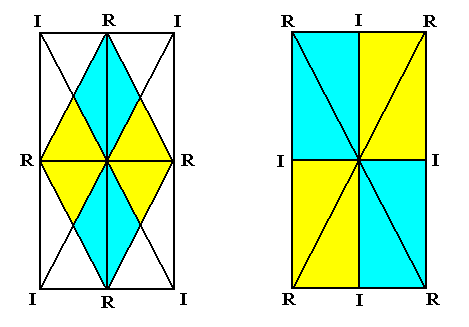
Figure 12. Autopola orthostaura tetraphragma.
Left image : The colored image (within the rectangle) depicts the equatorial plane of the Autopola tetraphragma radialia. The two directional axes are radial and intersect at angles of 900. The four antimers are indicated by coloration. Each antimer is symmetric with respect to the relevant directional plane, containing the corresponding directional axis.
Right image : The colored rectangular image represents the equatorial plane of the Autopola tetraphragma interradialia. The two directional axes are the same as in the left image, but are now interradial. The radial cross axes intersect at angles different from 900 : acute and obtuse angles alternate. The four antimers are indicated by coloring. Each antimer is not symmetric with respect to the relevant radial cross plane containing the corresponding radial cross axis.
Radial cross axes are indicated as R, interradial cross axes as I.
On the basis of the foregoing we establish two subspecies of Tetraphragmic forms, the Tetraphragma radialia (Rhombic Pyramids, directional axes radial) and the Tetraphragma interradialia (Rectangular pyramids, directional axes interradial).
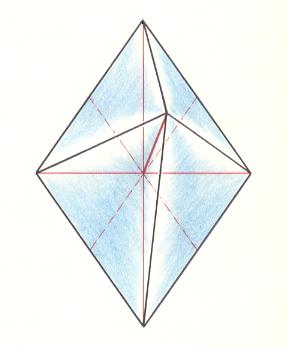
Figure 13. Slightly oblique top view of a Rhombic Pyramid as the basic form of the tetraphragma radialia.
The main axis, the directional axes and the interradial cross axes are indicated.
The R h o m b i c P y r a m i d consisting of f o u r a n t i m e r s implying that each quadrant is a whole antimer, constitutes the basic form of many animals, for example many individuals of the (colony-like) Siphonophores, some medusae, etc., and of some higher plant flowers, especially those of Crucifers. In the Siphonophores and medusae, that belong to the present group, the composition of the Rhombic Pyramid of four antimers, is evident from the gradual transitions, by which the given four-fold tetraphragmic medusoids are connected on the one hand with the clearly four-fold regular medusae (regular 4-fold pyramids or Tetractinotes) and on the other hand with the tetrapleural (i.e. having totally moved to the Zygopleura form) Siphonophores and Zaphrentids (Haeckel 1866). We can illustrate this geometrically by means of the relevant equatorial planes (or bases for that matter) of the pyramids involved :
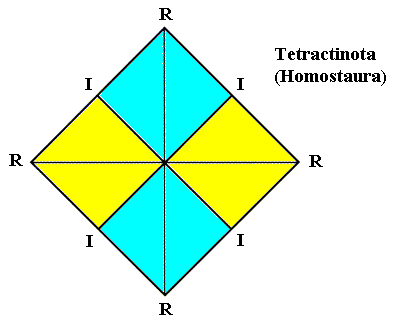
Figure 14. Equatorial plane (or base for that matter) of a regular 4-fold pyramid. This pyramid is the basic form of the Homostaura isopola tetractinota. Radial cross axes are indicated as R, interradial cross axes as I. The four antimers are indicated by coloration.
From this form can be derived the Rhombic Pyramid of the Autopola tetraphragma radialia by differentiating between the two directional axes (See next Figure).
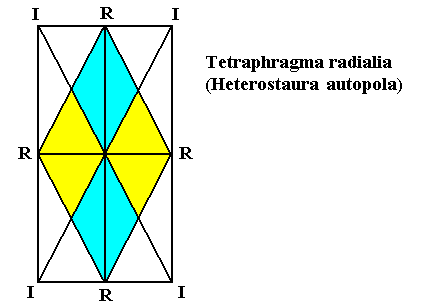
Figure 15. (colored image within the rectangle) Equatorial plane (or base for that matter) of an amphitect 4-fold pyramid (with four antimers). This pyramid is the basic form of the Autopola tetraphragma radialia (Heterostaura). Radial cross axes are indicated as R, interradial cross axes as I. The four antimers are indicated by coloration.
From this form can be derived the basic form of the Eutetrapleura radialia by making one of the directional axes heteropolar (See next Figure).
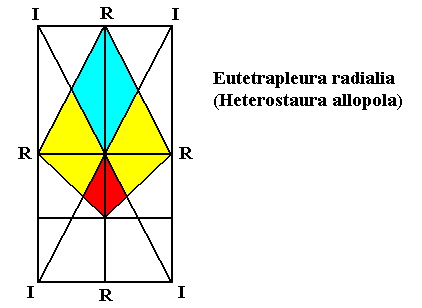
Figure 16. Equatorial plane (or base for that matter) of an ideally halved (i.e. without thereby loosing antimers) 4-fold amphitect pyramid (with four antimers). This ideally halved pyramid is the basic form of the Allopola eutetrapleura radialia (Heterostaura).
Radial cross axes are indicated as R, interradial cross axes as I. The four antimers are indicated by coloration.
In the flowers of the C r u c i f e r e s the composition of the Rhombic Pyramid of four antimers can be seen from the fact that each leaf ring of the flower (i.e. each metamer), with the exception of the outer pollen thread ring and the ring consisting of the female genitalia, consists of four leaves. The flower has an original predisposition of being four-fold with five four-fold leaf rings. Generally 4 sepals (leaves of the calyx), 4 petals (leaves of the corolla) and 4 pollen threads of the inner pollen ring are completely formed. From the 4 pollen threads of the outer ring, on the other hand, and also from the 4 parts of the female reproductive system, almost always only two opposite ones (the lateral pair) are formed, while those that alternate with them (the dorso-ventral pair) have failed to develop. Only in some species we find exceptions (Haeckel, 1866).
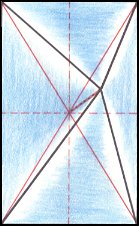
Figure 17. Slightly oblique top view of a rectangular pyramid. In case of there being four antimers it is the basic form of the Tetraphragma interradialia, or, (it could be interpreted as just) a modification of the Tetraphragma.
The directional planes of the Tetraphragma interradialia are interradial. The other cross planes (resp. cross axes) are radial but do not meet at right angles.
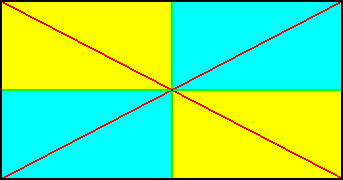
Figure 18. Equatorial plane (or base for that matter) of a rectangular pyramid with four antimers (indicated by coloration). The radial cross axes are indicated with red, the interradial cross axes (which here are at the same time the directional axes) are indicated with green.
Whether there are any organic representatives of this form I do not know. But the form is interesting anyway, because from it can be derived the basic form of the Eutetrapleura interradialia (Allopola).
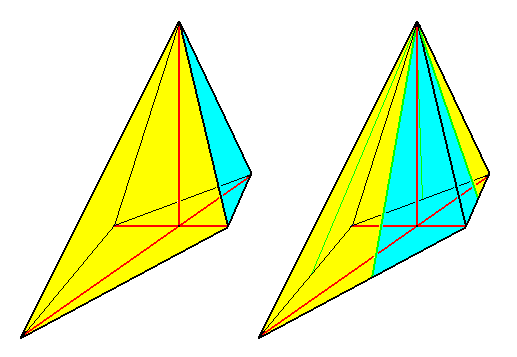
Figure 19. Perspectivic view of a Rhombic pyramid.
Left image : Rhombic pyramid with t w o antimers, representing the basic form of the D i p h r a g m a.
Right image : Rhombic Pyramid with four antimers (basic form of the Tetraphragma).
The stereometric basic form of the Diphragma is, as of the Tetraphragma, the Rhombic Pyramid. So in itself there is no difference between the two forms. As soon, however, one compares them with kindred forms that have other basic forms, one sees that in the Diphragma the body is composed of just two congruent antimers, while in the Tetraphragma it is composed of four antimers. While further in the Tetraphragma two pairs of cross planes are present (two radial and two interradial), there is only o n e radial and o n e interradial cross plane in the Diphragma, of which the radial cross plane coincides with the lateral directional plane, the interradial with the sagittal directional plane. See next Figure.

Figure 20. Base (or a plane parallel to it and containing the mid-point of the main axis) of a four-fold amphitect pyramid as the basic form of the Autopola orthostaura diphragma. This configuration represents organismic forms with only t w o antimers. These a n t i m e r s are indicated by colors. There is only one radial cross axis (red) and one interradial cross axis (green). These two axes coincide with the directional axes. The axis, indicated with green is indeed interradial because it lies between antimers.
The two antimers must of course be congruent, because the dorsal side differs as little from the ventral side as the right side from the left.
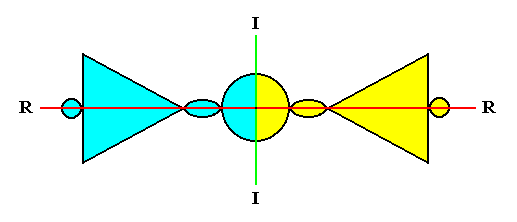
Figure 21. A fictitious organismic form (main axis perpendicular to the plane of the drawing) with two congruent antimers.
It has only one radial ( R ) and one interradial cross axis ( I ), and promorphologically belongs to the Diphragma.
The diphragmic orthostauric form is seldom encountered as basic form of higher-order form individuals. More often we see it as basic form of organs, for example in plants as two-fold fruits (as in Crucifers).
To continue click HERE to proceed further with the systematic Promorphology (Allopola).
e-mail :

back to retrospect and continuation page
back to Internal Structure of 3-D Crystals
back to The Shapes of 3-D Crystals
back to The Thermodynamics of Crystals
back to Introduction to Promorphology
back to Anaxonia, Homaxonia, Polyaxonia
back to Protaxonia : Monaxonia
back to Stauraxonia heteropola
back to Homostaura anisopola, Heterostaura